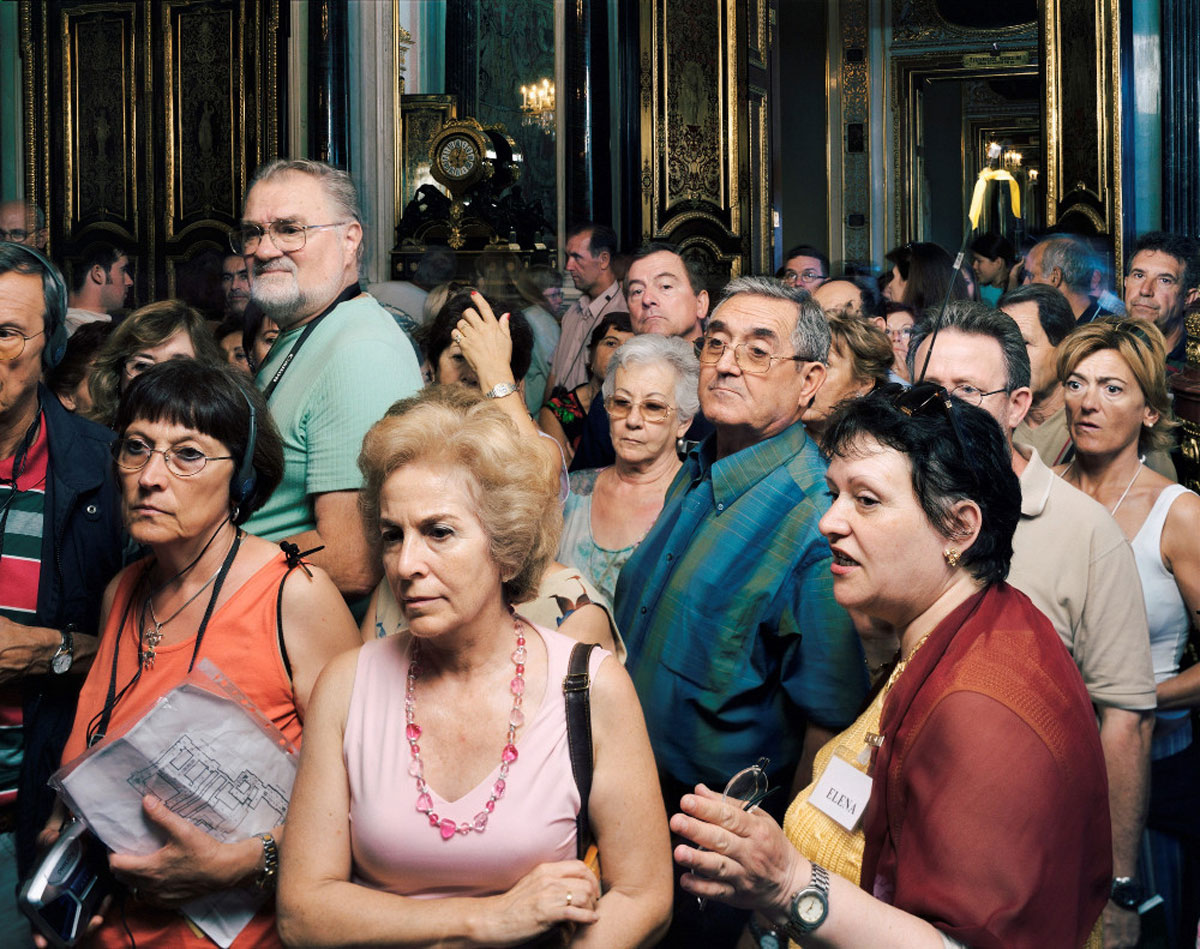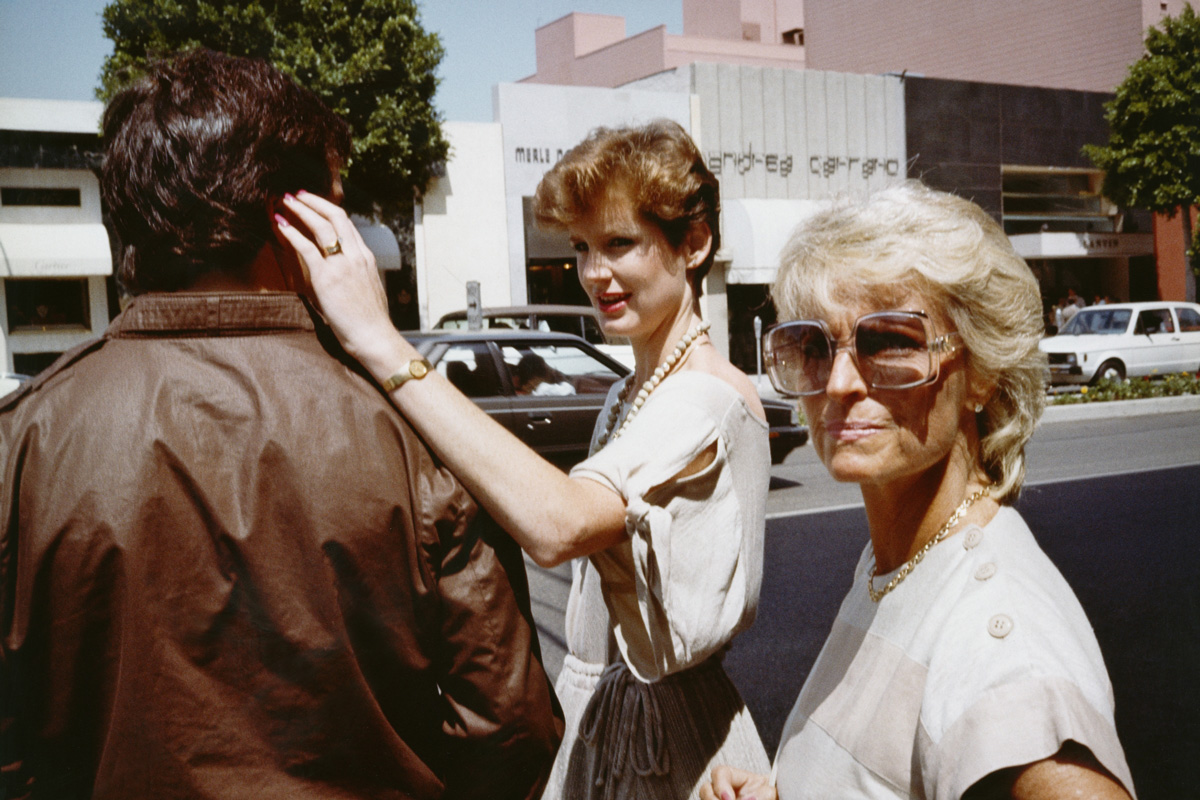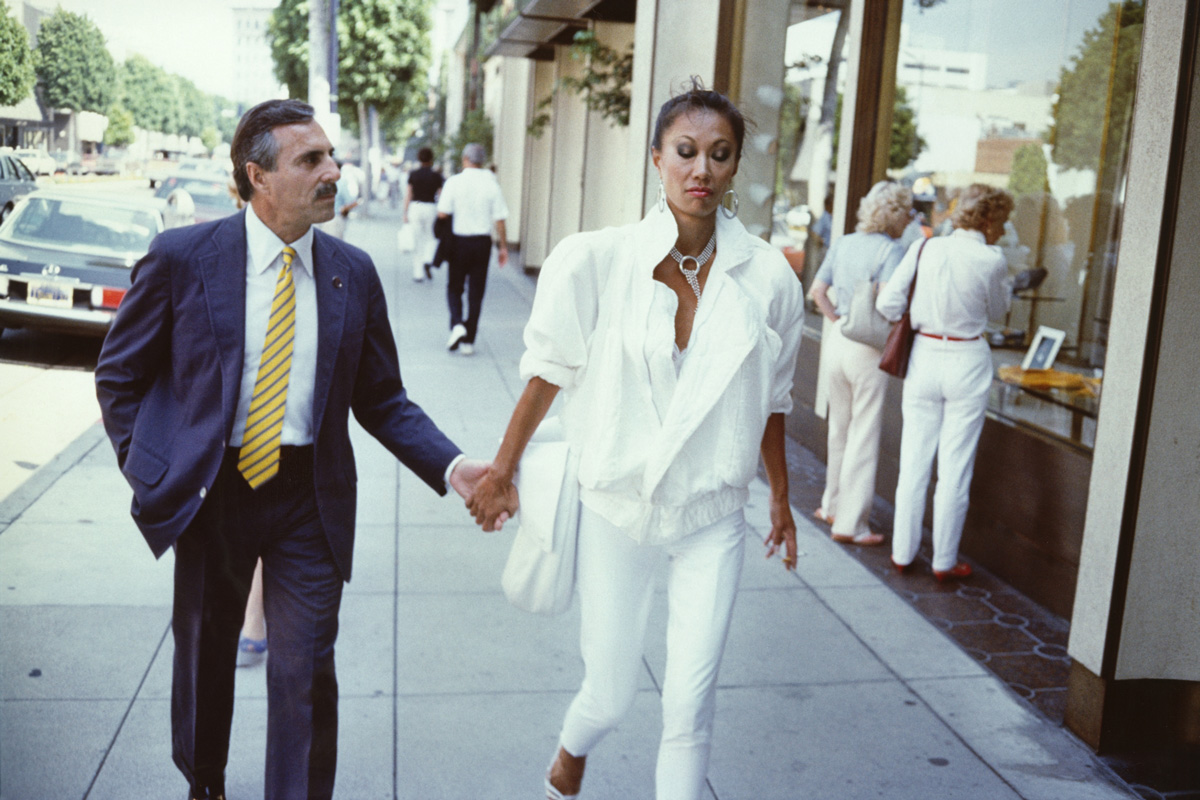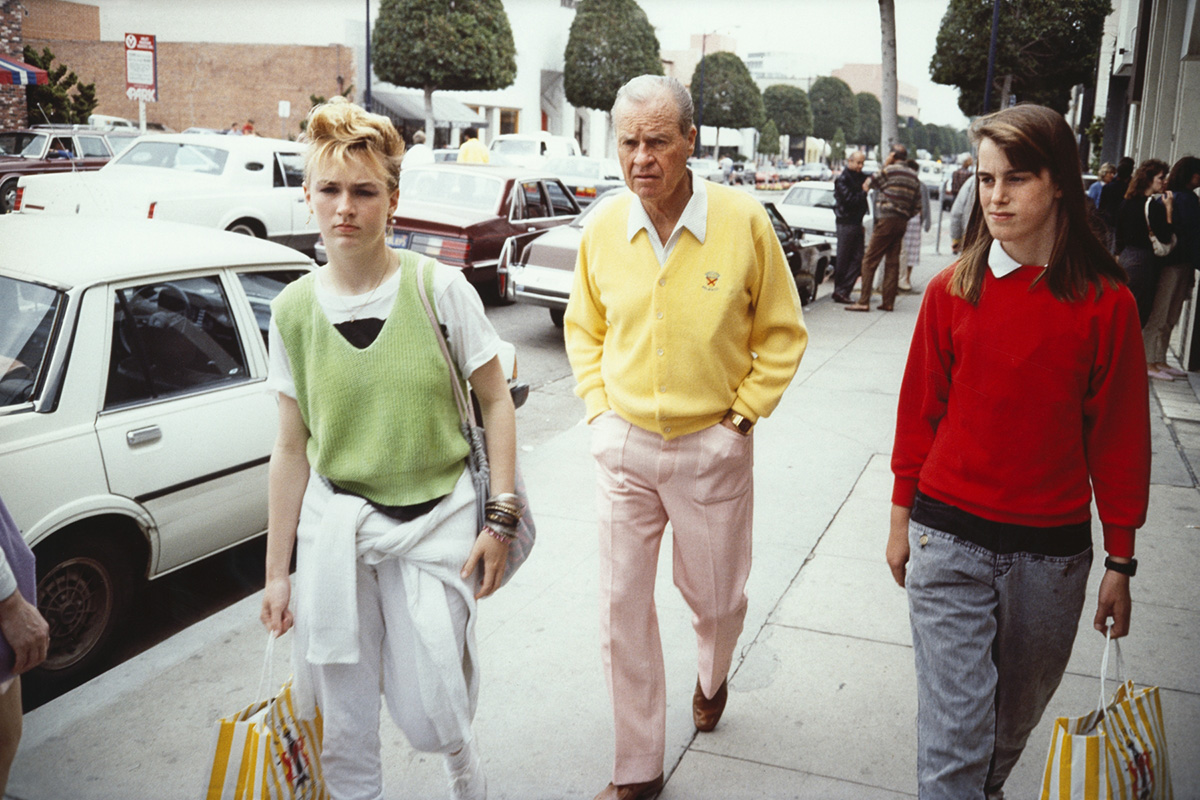PHOTO: This Is Me, This Is You-The Eva Felten Photography Collection
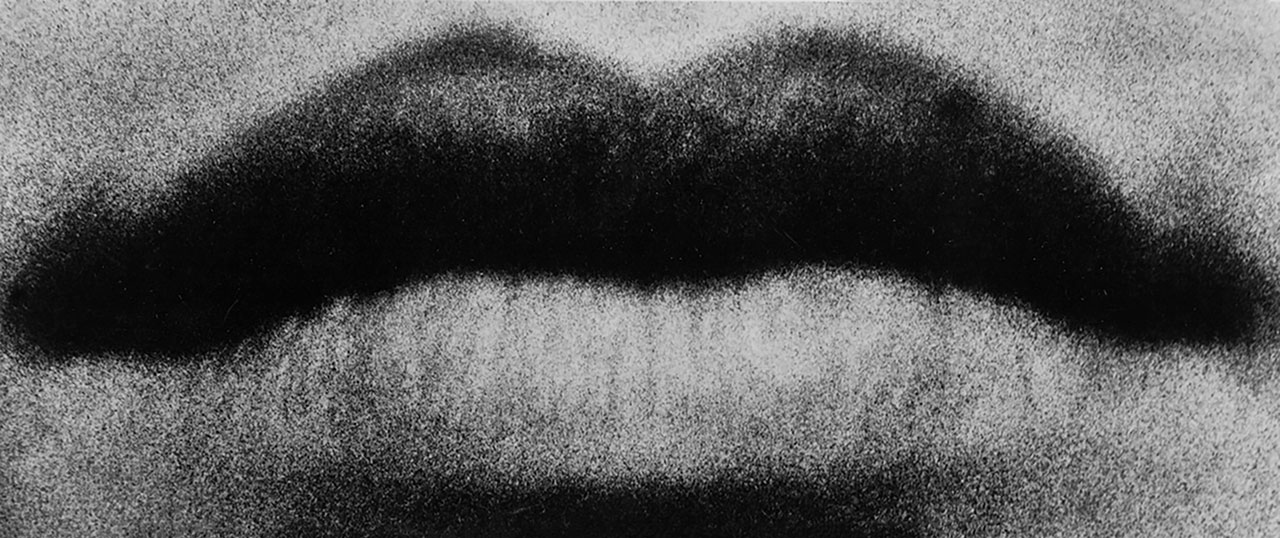 The exhibition “This Is Me, This Is You” provides the public with a first glimpse into an internationally significant photo collection that has grown over four decades. The generous donation of the Eva Felten Photography Collection enlarges the holdings of Museum Brandhorst by 429 works by more than 140 artists from the 1930s to the present day.
The exhibition “This Is Me, This Is You” provides the public with a first glimpse into an internationally significant photo collection that has grown over four decades. The generous donation of the Eva Felten Photography Collection enlarges the holdings of Museum Brandhorst by 429 works by more than 140 artists from the 1930s to the present day.
By Dimitris Lempesis
Photo: Museum Brandhorst Archive
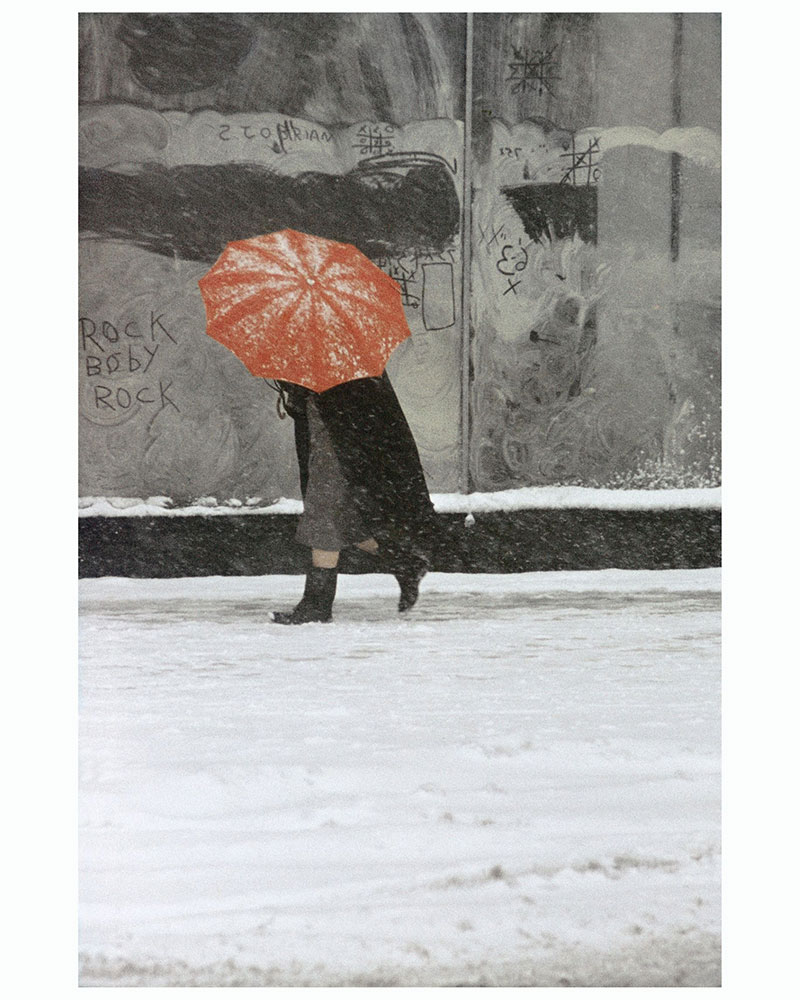
The exhibition “This Is Me, This Is You – The Eva Felten Photography Collection” brings together renowned positions in the history of photography from Robert Frank, Evelyn Hofer, Gordon Parks to Isaac Julien, Sherrie Levine, Richard Prince, Zoe Leonard, Arthur Jafa and LaToya Ruby Frazier. In a selection of some 140 works, it addresses the complex relations of the gaze in photography, reflecting on questions of intimacy and desire as well as on power relations and structural inequalities inscribed in the medium. The exhibition is titled after a work by Roni Horn. With “This Is Me, This Is You” (1997-2002), the American artist created a key work that raises questions about the fleetingness of identity as well as the presence of photographers within her works. With her striking statement “Where you look from is always half the picture,” American artist Zoe Leonard got to the heart of how central the historical, social and physical perspective of the photographer and the viewer is for the interpretation of art. The encounter with photography is thus not only an encounter with the people depicted, but also with the photographers themselves. Based on this observation, the exhibition is dedicated to various pictorial strategies of photography in seven thematic chapters. They include haunting portraits, well-known works of street photography and socially critical photography, as well as conceptual works and significant positions of Appropriation Art. Works by historical and contemporary artists from different geographical and artistic contexts create an international framework for reflecting on the politics and dynamics of the photographic gaze. One chapter of the exhibition harks back to the famous series “People of the 20th Century,” which August Sander conceived in 1925. Although there are no works by the photographer himself, there are numerous works by international artists such as Diane Arbus, Jitka Hanzlová, Rineke Dijkstra and Issei Suda, who were either directly influenced by Sander’s strategy of depicting individuals in the context of their society, or who have taken the idea further. Another chapter is devoted to street photography, with positions ranging from Robert Frank to Gordon Parks, Vivian Maier, and Helga Paris. In contrast to these works, which sought their subject matter on forays through the city, there are works by artists who choose deliberate staging as a pictorial strategy, such as Philip-Lorca diCorcia and Tracey Moffatt. A separate room in the exhibition is dedicated to the intimacy that often arises between photographers and those photographed, and which is palpable in the photographs. These include works by Diane Arbus, Walter Pfeiffer, and Deana Lawson. In the chapter on Appropriation Art, historical positions of the movement, represented by Richard Prince and Sherrie Levine, are placed in dialog with works by Nobuyoshi Araki and Arthur Jafa, which add a new dimension to the practice of appropriating images. The largest chapter of the exhibition explores photography as a social and political space. Works by LaToya Ruby Frazier, Isaac Julien, Carrie Mae Weems and Anthony Hernandez reflect the social and political relevance inherent in the medium. “This Is Me, This Is You” provides a comprehensive look at the Eva Felten collection, which spans nearly 100 years of photographic history. The presentation reflects the international scope of the collection and is dedicated to narrative strategies of photography, ranging from poetic documentary randomness to carefully staged compositions. Photographs play an active role in our understanding of the past, present, and future, whether as document, metaphor, or fiction. They are a performative means for the formation of identity, an appellative instrument for political and social change, and a subversive strategy of visibility and memory.
Works by: Nobuyoshi Araki, Diane Arbus, Richard Avedon, Victor Burgin, Harry Callahan, Larry Clark, Bruce Davidson, Philip-Lorca diCorcia, Rineke Dijkstra, William Eggleston, Robert Frank, LaToya Ruby Frazier, Lee Friedlander, Nan Goldin, Jitka Hanzlová, Dave Heath, Robert Heinecken, Anthony Hernandez, Fred Herzog, Evelyn Hofer, Rudolf Holtappel, Roni Horn, Pieter Hugo, Peter Hujar, Arthur Jafa, Isaac Julien, Barbara Klemm, Suzy Lake, Deana Lawson, Saul Leiter, Zoe Leonard, Sherrie Levine, Leon Levinstein, Helen Levitt, Jerome Liebling, Danny Lyon, Vivian Maier, Lisette Model, Tracey Moffatt, Zanele Muholi, Gabriele and Helmut Nothhelfer, Tod Papageorge, Helga Paris, Gordon Parks, Walter Pfeiffer, Richard Prince, Dirk Reinartz, Arthur B. Rickerby, Thomas Ruff, Sam Samore, Shirana Shahbazi, Jo Spence, A.L. Steiner, Issei Suda, Carrie Mae Weems, Christopher Williams, Bruce Wrighton, Shin Yanagisawa
Photo: Sam Samore, Allegories of Beauty # 14, 1990s, © Sam Samore. Courtesy the artist and Galerie Gisela Capitain, Cologne
Info: Curator: Dr. Monika Bayer-Wermuth, Museum Brandhorst, Theresienstraße 35 A, Munich, Germany, Duration: 19/10/2023-7/4/2024, Days & Hours: Tue-Wed & Fri-sun 10:00-18:00, Thu 10:00-20:00, www.museum-brandhorst.de/
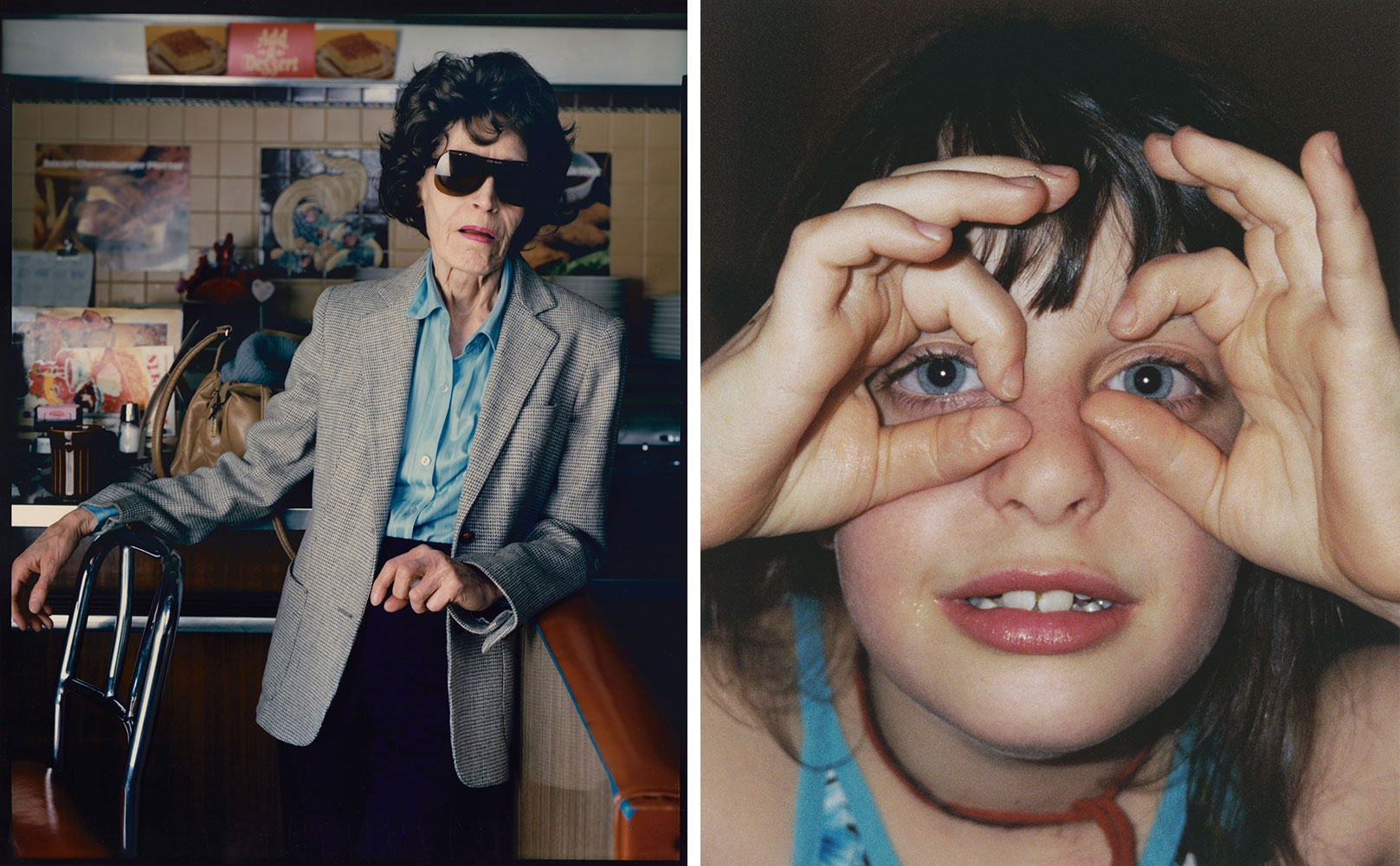
Right: Roni Horn, This Is Me, This Is You”, (detail), 1997-2000, © Roni Horn. Courtesy the artist and Hauser & Wirth, Photo: Sibylle Forster, Bayerische Staatsgemäldesammlungen, Museum Brandhorst, Munich
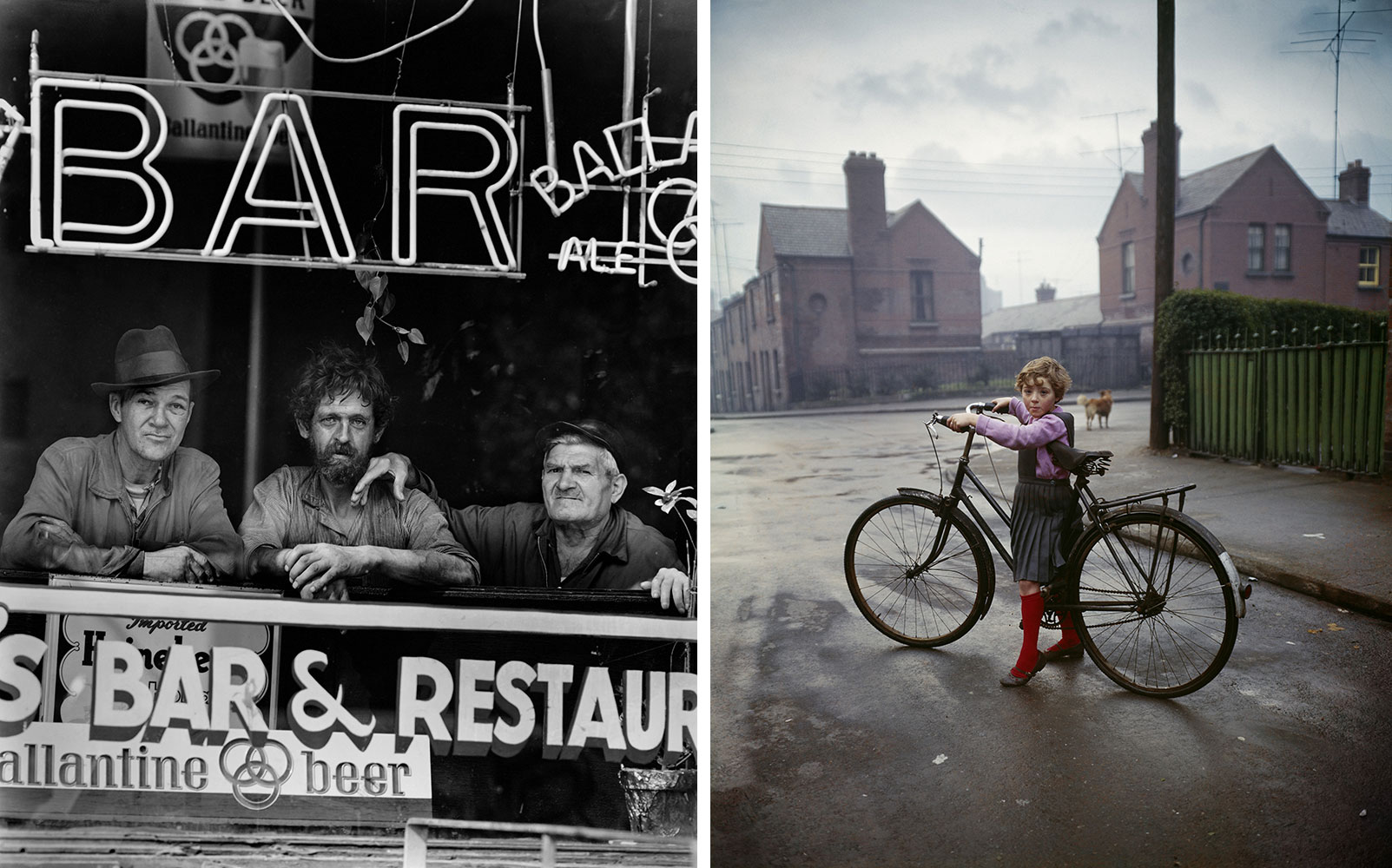
Right: Evelyn Hofer,Girl with Bicycle, Dublin, 1966, © Estate of Evelyn Hofer. Courtesy Estate of Evelyn Hofe
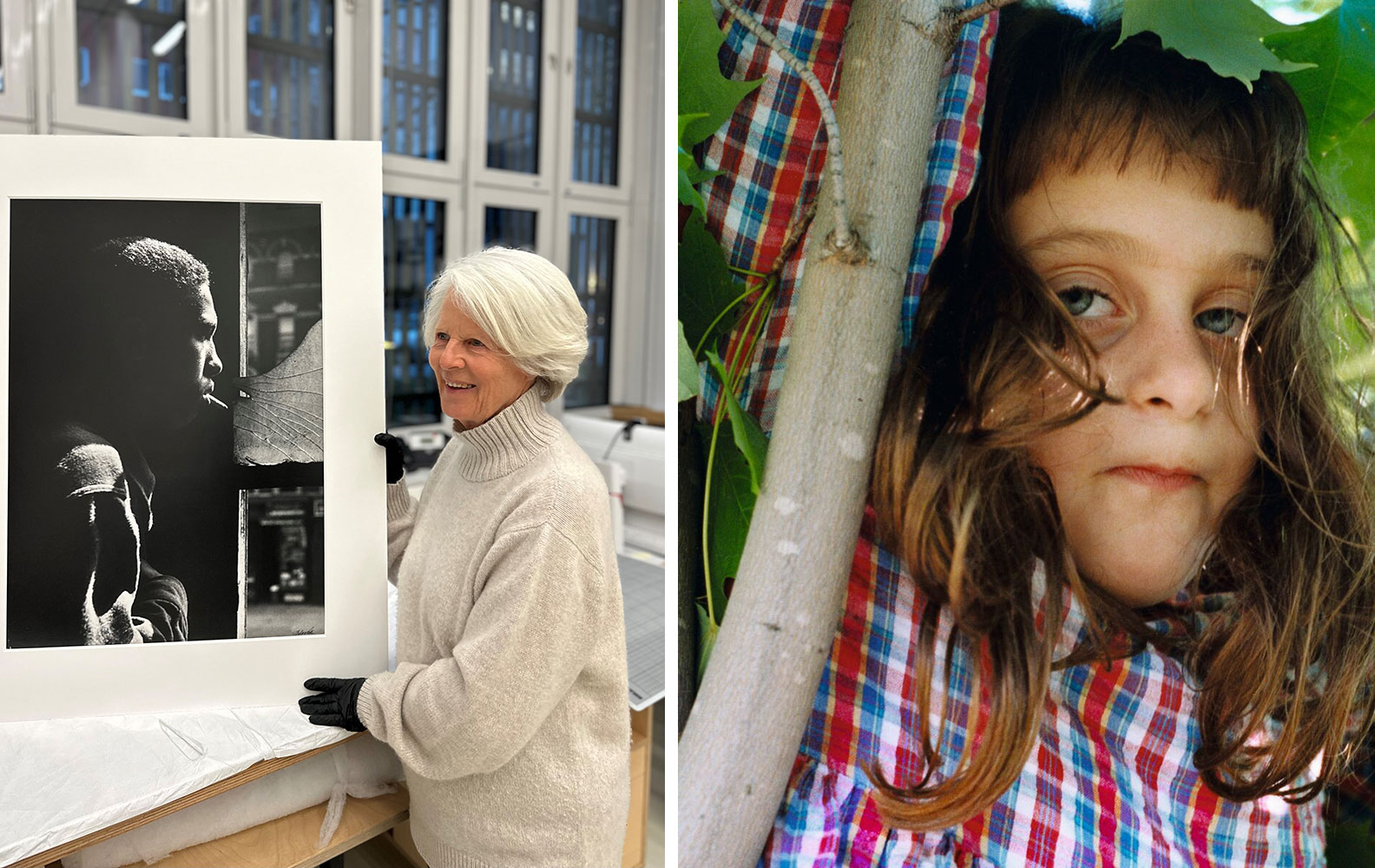
Right: Roni Horn, This Is Me, This Is You (detail), 1997-2000, © Roni Horn. Courtesy the artist and Hauser & Wirth
